
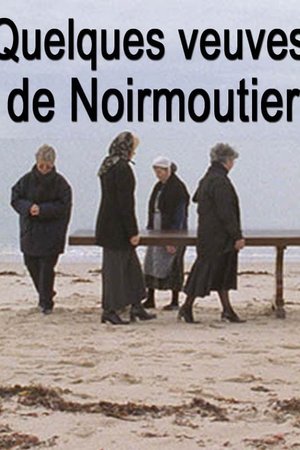
Some Widows of Noirmoutier(2006)
A documentary film directed by French Agnès Varda as an extension of the exhibition 'L'île et elle'. The installation 'Les veuves de Noirmoutier' (or 'The Widows of Noirmoutier') had various women filmed by Varda, young and old, who spoke about their widowhood and their residence on the island of Noirmoutier. The film is a montage of these meetings, which are both simple and melancholic.

Movie: Some Widows of Noirmoutier
Top 10 Billed Cast
Self
Self
Self
Self
Self
Self
Self
Self
Self

Quelques veuves de Noirmoutier
HomePage
Overview
A documentary film directed by French Agnès Varda as an extension of the exhibition 'L'île et elle'. The installation 'Les veuves de Noirmoutier' (or 'The Widows of Noirmoutier') had various women filmed by Varda, young and old, who spoke about their widowhood and their residence on the island of Noirmoutier. The film is a montage of these meetings, which are both simple and melancholic.
Release Date
2006-10-03
Average
9.5
Rating:
4.8 startsTagline
Genres
Languages:
FrançaisKeywords
Recommendations Movies
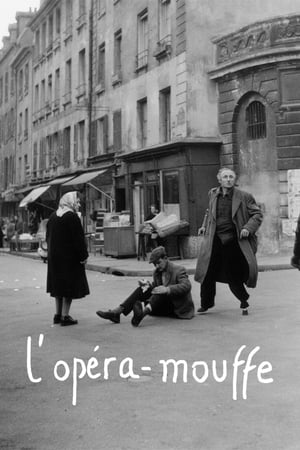 6.6
6.6Diary of a Pregnant Woman(fr)
Impressions of the rue Mouffetard, Paris 5, through the eyes of a pregnant woman.
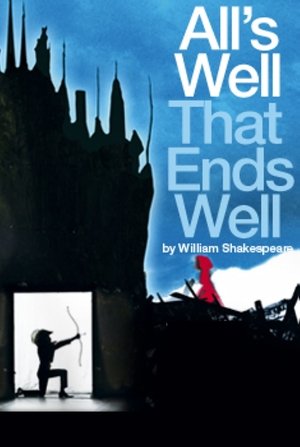 7.5
7.5National Theatre Live: All's Well That Ends Well(en)
National Theatre Live is an initiative operated by the Royal National Theatre in London, which broadcasts live via satellite, performances of their productions to movie theaters, cinemas and arts centres on the world. The second production, All's Well That Ends Well, showed at a total of around 300 screens, and today, the number of venues that show NT Live productions has grown to around 700.
 7.8
7.8Under the Hawthorn Tree(zh)
The daughter of a right-winger, schoolgirl Jing Qiu is sent to the countryside for reeducation, and tasked to help write a textbook. There she meets Lao San, a young soldier with a bright future ahead. Despite the class divide and parental disapproval, romance blooms against turbulent times.
 6.0
6.0iHostage(nl)
When a gunman enters an Apple Store in the heart of Amsterdam, the police face a delicate challenge to resolve the standoff.
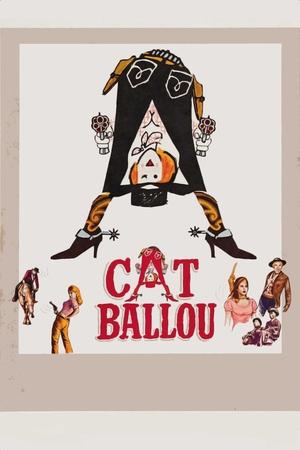 6.4
6.4Cat Ballou(en)
A woman seeking revenge for her murdered father hires a famous gunman, but he's very different from what she expects.
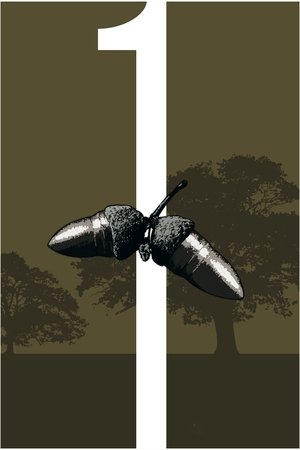 6.7
6.71(en)
Early morning silence is broken by screeching tires as a helicopter bears down on a speeding vehicle. Taking a quick corner, the team tumbles out into the woods as their car pulls away. Now they must make their way through the thick of nature and thick gunfire to accomplish their mission. Not a single word of dialogue is spoken throughout the entire film. Instead, the music, sounds, images and deeply truthful acting turn a simple plot into an intense experience. Passion and intrigue keep building to the very end.
 6.3
6.3The Hoax(en)
In what would cause a fantastic media frenzy, Clifford Irving sells his bogus biography of Howard Hughes to a premiere publishing house in the early 1970s.
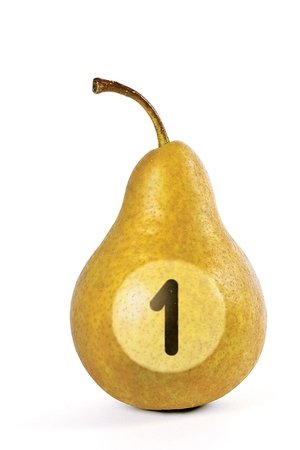 6.2
6.21(hu)
A bookshop renowned for its rare works is mysteriously and filled with copies of a book entitled 1, which doesn't appear to have a publisher or author. The strange almanac describes what happens to humanity in a minute. A police investigation begins and the bookshop staff are placed in solitary confinement by the Bureau for Paranormal Research. As the investigation progresses, the situation becomes more complex and the book becomes increasingly well-known, raising numerous controversies. Plagued by doubts, the protagonist has to face facts: reality only exists in the imagination of individuals.
 5.9
5.93 Men and a Little Lady(en)
Sylvia's work increasingly takes her away from the three men who help bring up Mary, her daughter. When she decides to move to England and take Mary with her, the three men are heartbroken at losing the two most important females in their lives.
 7.3
7.3'o Re(it)
One of the key factors in Italian unification was the overthrow in 1860 of Francesco, the King of Naples and the two Sicilies, who went into elegant but impoverished exile in Rome with his Queen, Maria Sofia. This seriocomic drama follows the deposed royals as they adapt to their new lives. The former king has recognized the political finality of his deposition, but his queen has taken to traveling in men's clothing all over Italy trying to foment an uprising to restore them to the throne. She is also frantic to have a baby, an heir, but the king has become celibate as a kind of homage to his beloved mother; he spends all his time lobbying the Vatican to get her declared a saint.
 7.6
7.6Digimon Adventure(ja)
Two children receive a strange egg that hatches into their very first Digimon, leading to the night that would change their lives forever.
 6.7
6.7Workers Leaving the Lumière Factory(fr)
Working men and women leave through the main gate of the Lumière factory in Lyon, France. Filmed on 22 March 1895, it is often referred to as the first real motion picture ever made, although Louis Le Prince's 1888 Roundhay Garden Scene pre-dated it by seven years. Three separate versions of this film exist, which differ from one another in numerous ways. The first version features a carriage drawn by one horse, while in the second version the carriage is drawn by two horses, and there is no carriage at all in the third version. The clothing style is also different between the three versions, demonstrating the different seasons in which each was filmed. This film was made in the 35 mm format with an aspect ratio of 1.33:1, and at a speed of 16 frames per second. At that rate, the 17 meters of film length provided a duration of 46 seconds, holding a total of 800 frames.
 7.1
7.1Distant(tr)
After his wife leaves him, a photographer has an existential crisis and tries to cope with his cousin's visit.
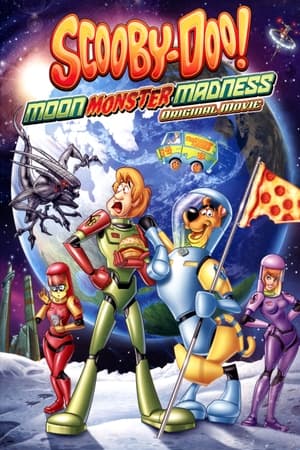 7.8
7.8Scooby-Doo! Moon Monster Madness(en)
It's one giant step for dog-kind as Scooby-Doo and the Gang blast off for an epic, other-worldly adventure in this all-new original movie! After winning the last 5 seats in a lottery, Scooby-Doo, Shaggy, Fred, Daphne and Velma are off to space in billionaire Sly Baron's brand new ship, the Sly Star One. It's all gravity-free fun until a mysterious alien begins destroying the ship! As the ship breaks down, the crew is forced to land on Sly Baron's base... on the dark side of the moon! Will the gang unravel this alien mystery? Will Scooby-Doo and Shaggy find snacks on the moon? Will Fred ever take his space helmet off?! Journey to the outer limits with Scooby-Doo to find out!
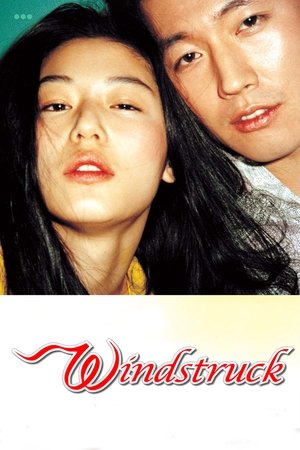 7.2
7.2Windstruck(ko)
Kyung-jin, a police officer who finds herself chasing down a suspected bag-snatcher on her day off. However, the man she catches turns out to be Myungwoo, a passer-by who was himself trying to apprehend the real criminal.
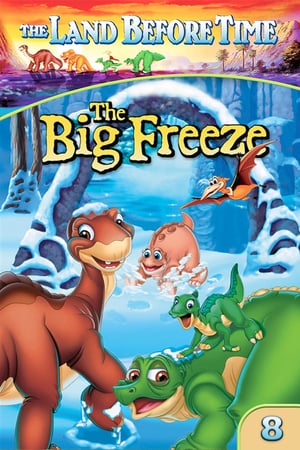 6.1
6.1The Land Before Time VIII: The Big Freeze(en)
When the dinosaur families get trapped in a valley by an ice storm, one family of "spike tail" dinosaurs volunteers to leave since they consume more food than the others. Meanwhile, the young dinos and a new adult dinosaur named Mr. Thicknose, head out to bring back their friend Spike, who has left his friends to be with members of his own species.
 6.8
6.8The Princess Switch: Switched Again(en)
When Duchess Margaret unexpectedly inherits the throne & hits a rough patch with Kevin, it’s up to Stacy to save the day before a new lookalike — party girl Fiona — foils their plans.
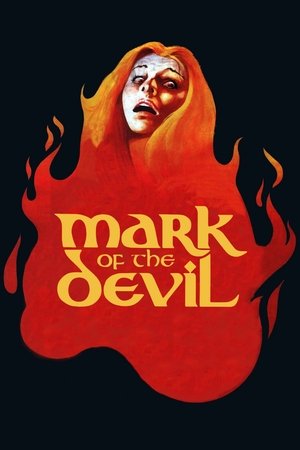 6.2
6.2Mark of the Devil(de)
In 1700s Austria, a witch-hunter's apprentice has doubts about the righteousness of witch-hunting when he witnesses the brutality, the injustice, the falsehood, the torture and the arbitrary killing that go with the job.
 6.4
6.4Eyyvah Eyvah(tr)
Hüseyin is a young man who lives with his grandfather and grandmother in a village in Thracian Turkey. The two great loves of his life are his clarinet and Müjgan, a nurse. Although Hüseyin is content with his life, with his music and dreams of Mügan, due to an unexpected development he leaves his village. He ends up in Istanbul where he finds support first in his clarinet and then in the friendship of the singer Firuzan. Firuzan is a popular nightclub performer who is eagerly working on an album as she leads a colorful but complicated life. When Firuzan meets Huseyin, the course of events gives away to a hilarious adventure.
Similar Movies
 6.9
6.9Olympia: Part One – Festival of the Nations(de)
Commissioned to make a propaganda film about the 1936 Olympic Games in Germany, director Leni Riefenstahl created a celebration of the human form. This first half of her two-part film opens with a renowned introduction that compares modern Olympians to classical Greek heroes, then goes on to provide thrilling in-the-moment coverage of some of the games' most celebrated moments, including African-American athlete Jesse Owens winning a then-unprecedented four gold medals.
 6.7
6.7Olympia: Part Two – Festival of Beauty(de)
Commissioned to make a propaganda film about the 1936 Olympic Games in Germany, director Leni Riefenstahl created a celebration of the human form. Where the two-part epic's first half, Festival of the Nations, focused on the international aspects of the 1936 Olympic Games held in Berlin, part two, The Festival of Beauty, concentrates on individual athletes such as equestrians, gymnasts, and swimmers, climaxing with American Glenn Morris' performance in the decathalon and the games' majestic closing ceremonies.
 7.0
7.0Jesus Camp(en)
Jesus Camp is a Christian summer camp where children hone their "prophetic gifts" and are schooled in how to "take back America for Christ". The film is a first-ever look into an intense training ground that recruits born-again Christian children to become an active part of America's political future.
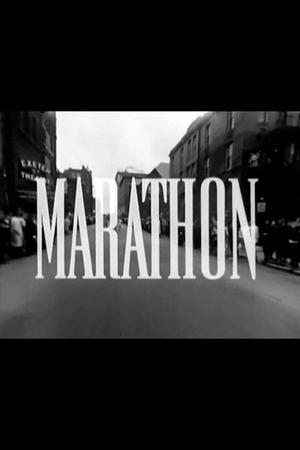 0.0
0.0Marathon(en)
Started as a class project in what was likely the first filmmaking course ever taught at Harvard, Marathon documents the running of the 1964 Boston Marathon.
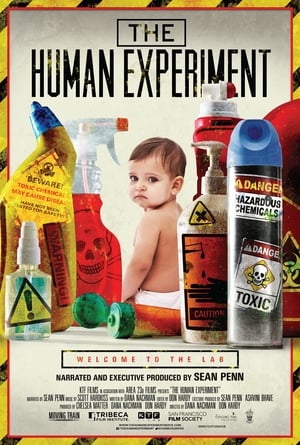 6.5
6.5The Human Experiment(en)
A documentary that explores the potential dangers of toxic chemicals in consumer products and the recent spike in unexplained health phenomena.
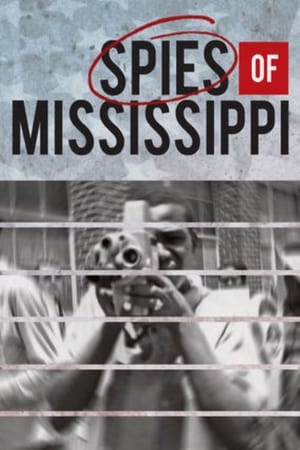 7.3
7.3Spies of Mississippi(en)
Spies of Mississippi tells the story of a secret spy agency formed by the state of Mississippi to preserve segregation and maintain white supremacy. The anti-civil rights organization was hidden in plain sight in an unassuming office in the Mississippi State Capitol. Funded with taxpayer dollars and granted extraordinary latitude to carry out its mission, the Commission evolved from a propaganda machine into a full blown spy operation. How do we know this is true? The Commission itself tells us in more than 146,000 pages of files preserved by the State. This wealth of first person primary historical material guides us through one of the most fascinating and yet little known stories of America's quest for Civil Rights.
 5.8
5.8Prater(de)
Vienna’s Prater is an amusement park and a desire machine. No mechanical invention, no novel idea or sensational innovation could escape incorporation into the Prater. The diverse story-telling in Ulrike Ottinger’s film “Prater” transforms this place of sensations into a modern cinema of attractions. The Prater’s history from the beginning to the present is told by its protagonists and those who have documented it, including contemporary cinematic images of the Prater, interviews with carnies, commentary by Austrians and visitors from abroad, film quotes, and photographic and written documentary materials. The meaning of the Prater, its status as a place of technological innovation, and its role as a cultural medium are reflected in texts by Elfriede Jelinek, Josef von Sternberg, Erich Kästner and Elias Canetti, as well as in music devoted to this amusement venue throughout the course of its history.
 0.0
0.0Abused by Mum: The Ruby Franke Scandal(en)
Ruby Franke's rise as a "momfluencer" with millions of followers hid a nightmare; when her son fled and alerted a neighbor about the abuse, police raided her home, rescuing her children.
Crimes of Honour(en)
Throughout the Islamic world, each year hundreds of women are shot, stabbed, strangled or burned to death by male relatives because they are thought to have “dishonoured” their families. They may have lost their virginity, refused an arranged marriage or left an abusive husband. Even if a woman is raped or merely the victim of gossip, she must pay the price. Crimes of Honour documents the terrible reality of femicide – the belief that a girl’s body is the property of the family, and any suggestion of sexual impropriety must be cleansed with her blood. We meet women in hiding from their families, a brother who describes his reasons for killing the sister he loved, and a handful of women who have committed themselves to the protection of young women in danger of losing their lives.
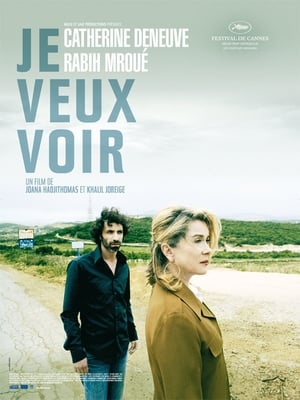 5.7
5.7I Want to See(fr)
July 2006. Another war breaks out in Lebanon. The directors decide to follow a movie star, Catherine Deneuve and a friend, actor and artist Rabih Mroue;, on the roads of South Lebanon. Together, they will drive through the regions devastated by the conflict. It is the beginning of an unpredictable, unexpected adventure...
 4.9
4.9Visions of Europe(en)
Twenty-five films from twenty-five European countries by twenty-five European directors.
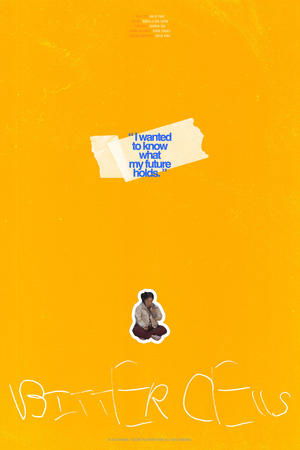 0.0
0.0Bitter Cells(ko)
Huiju learned of her biopsy test results, but lied to her mum about them. Feeling guilty about the lie, she embarks on her journey to find cancer patients who have the same diagnosis as hers and learns about their experiences. After hearing their stories, she finds the courage to tell the truth to her mum.
10 + 4 (Dah be alaveh chahar)(en)
After casting painter and video artist Mania Akbari as the central figure of his groundbreaking Ten (2002), and then witnessing her outstanding debut as a feature film director in 20 Fingers (2004), Abbas Kiarostami urged her to direct a sequel to the film. In Dah be alaveh Chahar (10 + 4), though, circumstances are different: Mania is fighting cancer. She has undergone surgery; she has lost her hair following chemotherapy and no longer wears the compulsory headscarf; and sometimes she is too weak to drive. So the camera follows her to record conversations with friends and family in different spaces, from the gondola she had famously used in her first feature to a hospital bed.
 5.7
5.7Bowie: The Man Who Changed the World(en)
Experience an inside look at David Bowie's incredible influence on music, art and culture via interviews with some of the people who knew him best.
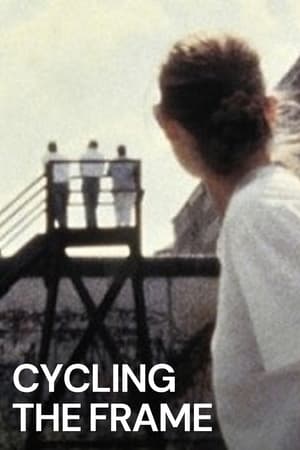 6.9
6.9Cycling the Frame(en)
In 1988, Tilda Swinton toured round the Berlin Wall on a bicycle - starting and ending at the Brandenburg Gate - accompanied by filmmaker Cynthia Beatt. As Swinton travels through fields and historic neighborhoods, past lakes and massive concrete apartment buildings, the Wall is a constant presence.
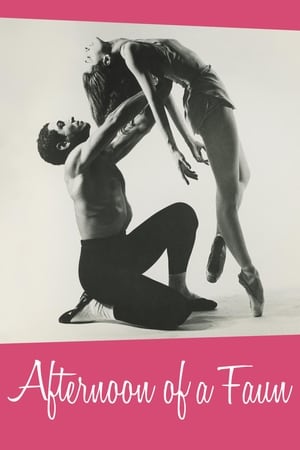 6.4
6.4Afternoon of a Faun: Tanaquil Le Clercq(en)
Of all the great ballerinas, Tanaquil Le Clercq may have been the most transcendent. With a body unlike any before hers, she mesmerized viewers and choreographers alike. With her elongated, race-horse physique, she became the new prototype for the great George Balanchine. Because of her extraordinary movement and unique personality on stage, she became a muse to two of the greatest choreographers in dance, George Balanchine and Jerome Robbins. She eventually married Balanchine, and Robbins created his famous version of Afternoon of a Faun for her. She had love, fame, adoration, and was the foremost dancer of her day until it suddenly all stopped. At the age of 27, she was struck down by polio and paralyzed. She never danced again. The ballet world has been haunted by her story ever since.
 5.7
5.7Nepal Forever(ru)
This film features two Russian communist politicians. Being committed Leninists; both of them have served several terms as city council members. Their horizons are broad, but what concerns them the most is the future of global communism. At one point, by decree of fate, their booming activities begin to expand far beyond the boundaries of their native St. Petersburg and the Russian Federation. However, the future of global communism remains unclear. What remains clear is the fact that in the modern world the tail still wags the dog. A documentary comedy.
The Eyes of Thailand(en)
Tells the true story of one woman's quest to help two elephant landmine survivors-Motala and Baby Mosha-walk on their own four legs.
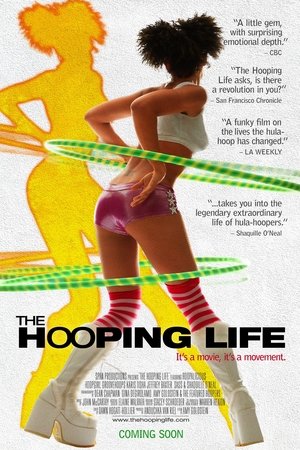 8.7
8.7The Hooping Life(en)
Learn the origins and rise of modern day hula-hooping through eight extraordinary stories of hoop devotees who have embraced it as an art form, a teaching aid, and even an instrument of redemption. From the streets, to intimate clubs, to giant arenas, we alternate between self-filmed video diaries, verité documentary footage, and spectacularly filmed performances in an attempt to celebrate the healing power of movement and the spirit of human inventiveness.


